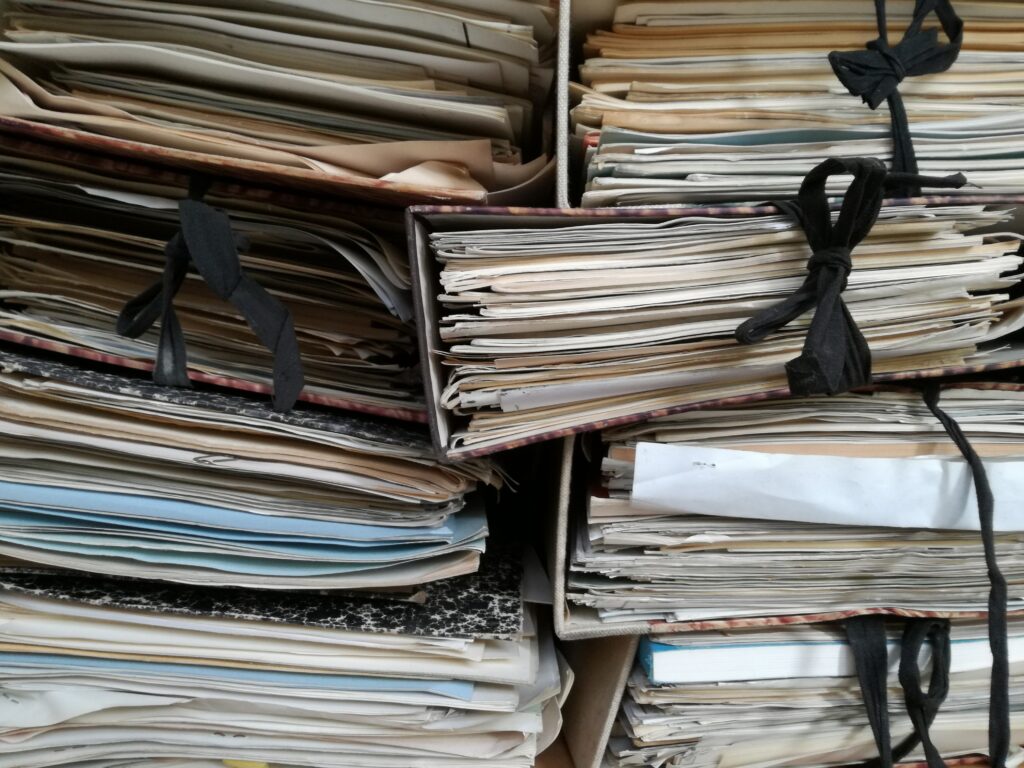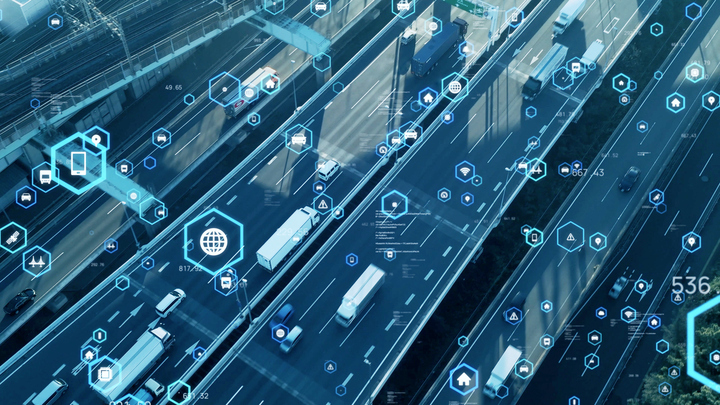Samsara is a rising brand in the world of connected operations, modernizing as it does physical asset-heavy industries such as transportation or manufacturing using digital tech. While the technology sector prides itself in having brought the forefront of digital capabilities to industries such as the workforce, media and education, much of the world is still run in the physical space.
According to chief product officer Jeffrey Hausman, the world of operations is a significantly underserved sector regarding connectivity. ERP Today caught up with the CPO to chat about how Samsara is paving the reimagined road for organizations, drivers and the families they return to every night.
“We’re taking technology that is fascinating in its own right because it transcends everything from physical sensors all the way through to cloud and mobile applications and we’re helping bring that technology to solve problems to a somewhat underserved physical operations customer,” as Hausman says.
Nudges and user networks
Hausman believes now is the time to capitalize on amassed and technical capabilities which may be sitting dormant and unused. In our conversation, the CPO touches on how tech can connect enterprise to the end user – and even be a guardian angel of sorts.
“What’s very different for me about being at Samsara is that (in previous roles) it was a lot about helping the technology team with technology and it was removed from the actual end customer’s needs. But here, I have a direct connection to the end user,” he explains.
“The consumer is the millions of people living in the UK who use (Samsara customer) Thames Water, right? It’s also all the people that are getting food delivery, and the people using transportation companies to deliver all kinds of goods and services. Our ability to work with them and understand how to help them and how technology is incredibly powerful for what I call sort of ‘underserved’ physical operations customers.”
Hausman also discusses the power of the real-time nudge in technology in reaching the end user, especially out on the open road.
“There was a driver who was unfortunately very fatigued, and our technology alerted the dispatch and the operation center that his head was nodding off,” he says, citing one example of tech as guardian angel. “And they were able to reach out to him, and they really got him to safely pull off. And what that driver shared is that, frankly, the technology saved his life… (And) what could be better than helping somebody make sure that they got home safe?
What could be better than helping somebody make sure that they got home safe?
“Almost half of the accidents that they have now have been able to be seen as no-fault accidents because of the data information that is showing,” he continues. “There’s one video clip that one customer shared with us where one of their trucks went into a tunnel where the driver in front of them had an accident; their vehicle avoided the accident but was damaged by others. As soon as the authorities showed up, their assumption is because their vehicle was damaged, it was involved in the accident. But the footage clearly shows that they were not related. So it’s that type of benefit that now we are helping organizations take advantage of and leverage.”
For Hausman, technology and information can help one to understand the bigger picture, but ultimately “it’s the people that transform” as more ways are found of getting information to individuals.
“One of the things that I like to think about is the evolution of technology to solve problems. How do I run things better, for example? How do I make my employees and my operations safer?
“Technology, for technology’s sake, that’s not as exciting. I get to go out to different customer locations and talk with them and physically see what they’re trying to do, how they want to expand and what they’re doing today around safety and looking for ways to coach to drive better outcomes. Then we can take our tech and our data and our analytics and solve problems for them.”
Samsara and shared challenges
While challenges such as workforce shortages, price rises and geopolitical tension are affecting players worldwide, Hausman believes that we’re now at a point where we can start to use the tools at hand to solve problems more removed from the end user, as set out on a global and exponential scale.
“There are certainly a standard set of challenges, but technology and data insights are better than they’ve ever been able to bring information and recording in progress. And to treat these as data problems, so you can analyze and use the technology.”
Hausman also discusses the very global problem of sustainability, in a way that may intrigue opponents of London’s new Ultra Low Emission Zone (ULEZ) expansion .
“One thing that came up recently was the clean air zones that you have in the UK. When a vehicle and a driver enter a new zone, they might not know if they should be there. But knowing this, I can then automate the process of entering the right zone without having to have more people involved in that process.
“A number of our customers are also looking at different types of vehicles to support the transition, so moving towards electric in vans for example. Our ability is to help them understand what they need to do with a fossil fuel vehicle, and looking at that vehicle as a traditional or a typical set of routes that it runs during a week. What’s that distance, mileage and whatnot?
“It means you can look at the profile of what an electric vehicle could do in that same set of work, routes, and jobs.”
The Samsara CPO also points to tech to ensure sufficient ability in range and charge management.
“So, a service that I can take advantage of even in inclement weather, which might have an impact on the actual capacity. If I didn’t appreciate what’s the range, and I can take those different factors into consideration, I can help our customers determine right now with the current technology which vehicles might be suitable – and that’s incredibly powerful for them as they’re looking at where and how to electrify a fleet.”
The future on the reimagined road
As for the road ahead for Samsara, Hausman points to the continuing evolution of the company’s own R&D organization, and how everything relies on an hands-on approach at the enterprise.
“We very regularly go out and talk with the customers, not just ‘let’s be in a conference room’. Let’s literally go out and let’s go on a ride and let’s watch what your engineer is doing. Let’s see where you’re transporting hazardous goods. What is the day in the life of that driver? When you are operating something, is it in a physical warehouse? Let’s go and watch. What are you doing? And learning that and understanding that gives us an appreciation that’s almost like the old-time and motion studies. ‘Are you doing this? What if we get you that? Could you do that differently?’ And then they’ll give us feedback
“It’s what we call a customer flywheel; it’s our technology innovation analysis. All of that comes together to help us drive and solve challenges.”
For Hausman, Samsara is ultimately an organization that is serving a purpose.
“We are building the greater good of society and helping the companies that we work with to do that while also helping them be more efficient, more competitive and do what they need to do.
“You know, there’s that saying: that you do well so that you can do good.”
A good saying if there ever was one for Samsara to stick to.




